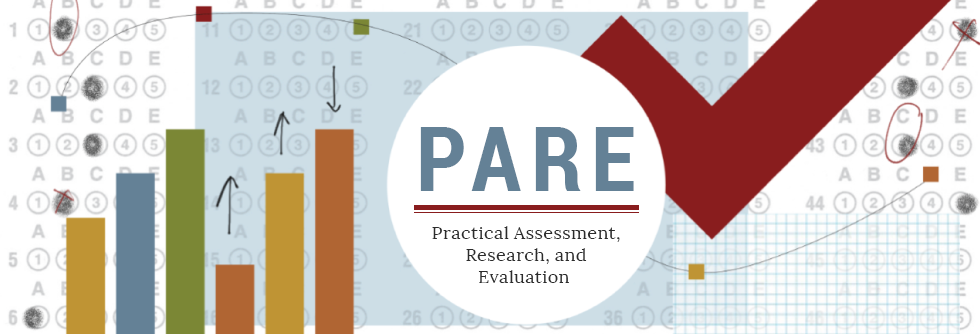Item parameter estimation of 2PL IRT model with fixed ability estimates: Choice of ability estimation methods and priors on slopes
Abstract
The item parameter estimation of an item response theory (IRT) model with fixed ability estimates is useful in equating with a small sample. The current study explores the impact of three ability estimation methods (maximum likelihood estimation [MLE], maximum a posteriori [MAP], and posterior ability distribution estimation [PST]) and three priors on slopes (true lognormal prior, alternative lognormal prior less informative than the true prior, no prior) on the item parameter estimations of the two-parameter logistic (2PL) model under different conditions varying with slope mean, slope standard deviation, and data noise in a simulation study. The model is also applied to a real dataset, and the results under the three ability estimation methods and three priors on slopes are compared. The MAP ability estimation with true prior on slopes is recommended as the best choice, followed by the MLE ability estimation with less informative prior on slopes. The paper also explores the relationships of the estimation biases between the discrimination and standard deviation of ability estimates and between the difficulty and ability estimates.
Keywords: discrimination/slope prior, two-parameter logistic (2PL) model, item parameter estimation with fixed ability estimates
How to Cite:
Fu, J., Ho, T. & Tan, X., (2025) “Item parameter estimation of 2PL IRT model with fixed ability estimates: Choice of ability estimation methods and priors on slopes”, Practical Assessment, Research, and Evaluation 30(1): 2. doi: https://doi.org/10.7275/pare.2104
Downloads:
Download PDF
View PDF
Download Other
2915 Views
430 Downloads

